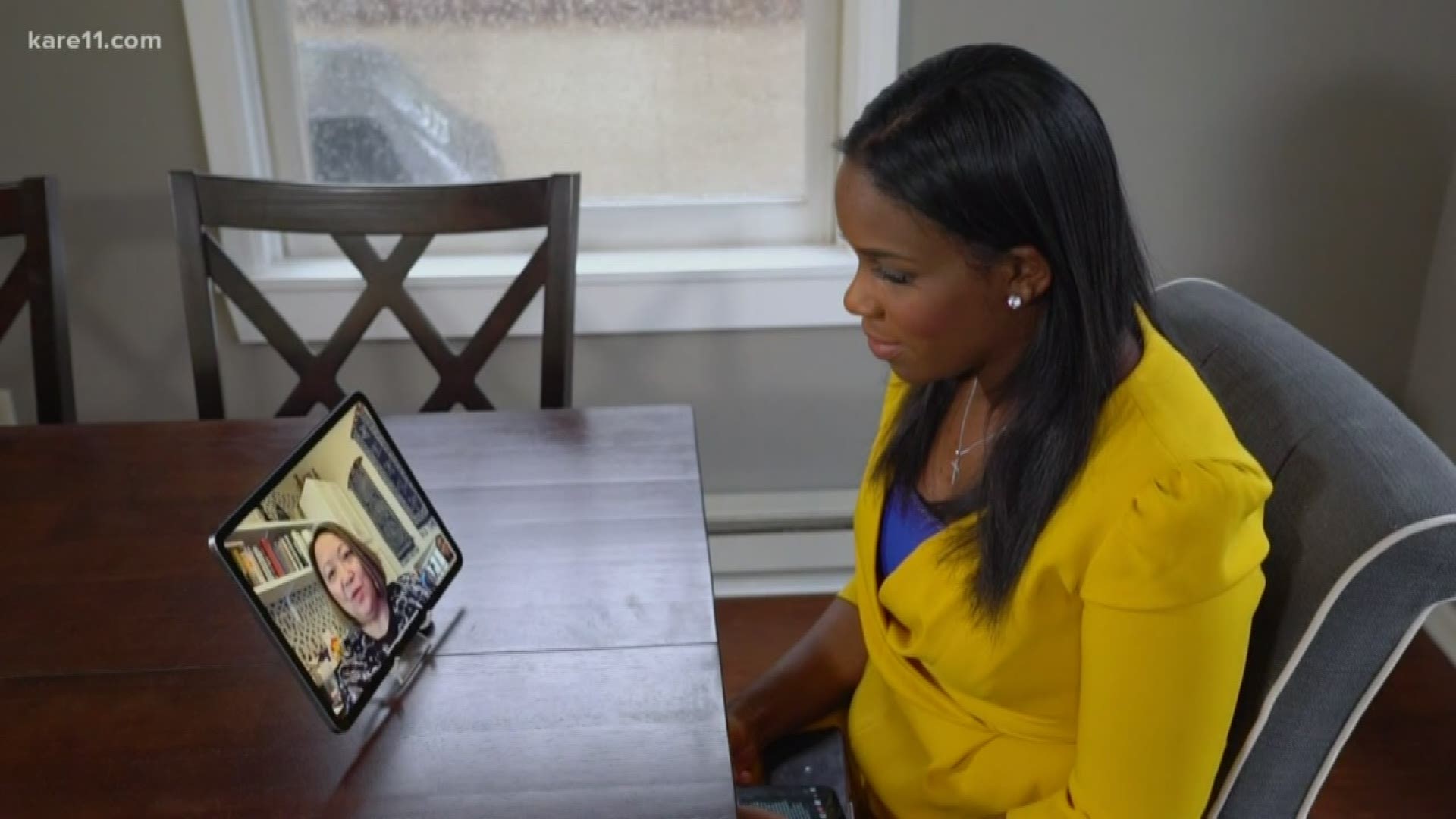The only thing constant is change. And Bo Thao-Urabe knows how to navigate.
She came to the U.S. as a refugee child with her family in 1979 after the Vietnam War and Secret War in Laos.
“I was plopped in the school. No interpreters. By the time I was in second grade I was speaking English better than my parents. I started being their navigator,” she told us.
Thursday she shared a photo taken with her siblings one year after she arrived in America. She was born in Laos. They fled to Thailand from the Vietnam War. But she’s never lost touch with the family she left behind.
“I think for communities who have had families overseas and who have varying degrees of written communications or lack there of, we have found ways to stay in touch using all kinds of methods,” she said.
And as we change methods of communication because of COVID-19, members of the Hmong community are sharing lessons learned to help us adapt. They’ve done it for decades.
“There are all these different conference lines that have been set up for people. There are hundreds, sometimes thousands of people on those conference lines getting information, so it is very vibrant in this community,” she said. “The Hmong-American community in the US has hundreds of conference lines where people call in and this is actually the way that community elders get important information about what is happening and sometimes not so important, it is just a way for them to stay connected.”
The conference lines operate like radio stations. It’s their virtual community for sharing news, stories and hope.
And their method of communicating has evolved. Years ago, Thao-Urabe said they would record information and stories on tape cassettes and send messages back and forth by mail. Now, they use video technology.
“My aunts and uncles, who I remember from childhood now have children and I have been able to maintain connections with their children even though we didn’t grow up together by using Skype and other vehicles to communicate,” she said.
She believes it you are hurting as life changes remember technology can help.
“Technology can help us stay in touch and the physical distance is not social distance. I know people keep using the word social and I’m like it is not that for me,” she said. “It is really just that we can not be close to each other but we should still be in touch. These are the times in which we need our relationships the most to feel connected.”
KARE 11’s coverage of the coronavirus is rooted in Facts, not Fear. Visit kare11.com/coronavirus for comprehensive coverage, find out what you need to know about the Midwest specifically, learn more about the symptoms, and keep tabs on the cases around the world here. Have a question? Text it to us at 763-797-7215. And get the latest coronavirus updates sent right to your inbox every morning. Subscribe to the KARE 11 Sunrise newsletter here. Help local families in need: www.kare11.com/give11.
The state of Minnesota has set up a hotline for general questions about coronavirus at 651-201-3920 or 1-800-657-3903, available 7 a.m. to 7 p.m.
More information on the coronavirus:
- Facts not fear: What the Midwest should know about coronavirus
- Current number of presumptive coronavirus cases in Minnesota and Wisconsin
- Coronavirus-related cancellations, postponements and impacts in the Twin Cities
- Here are the common symptoms of coronavirus
- What are the 'underlying conditions' that make coronavirus more serious?

